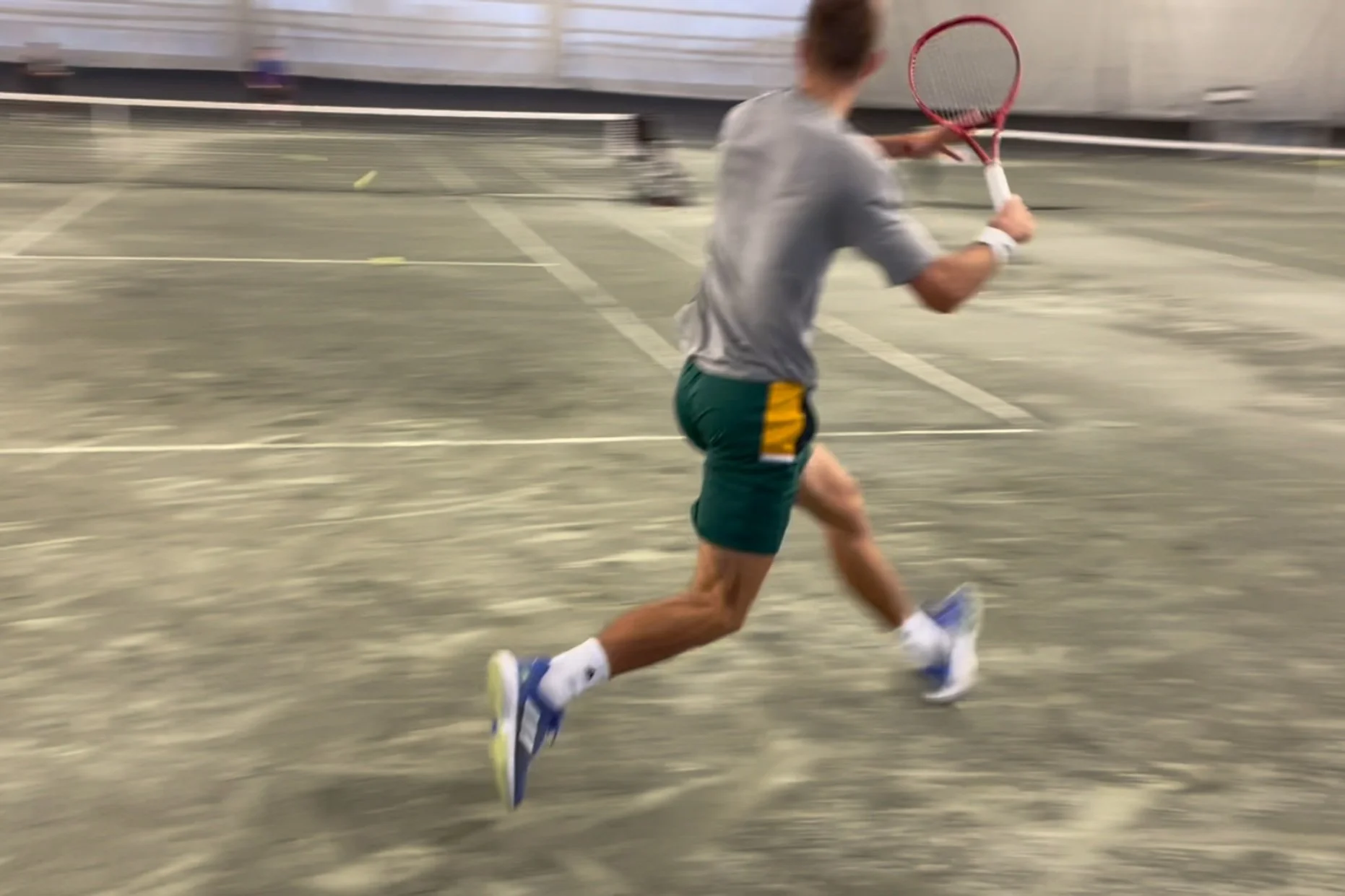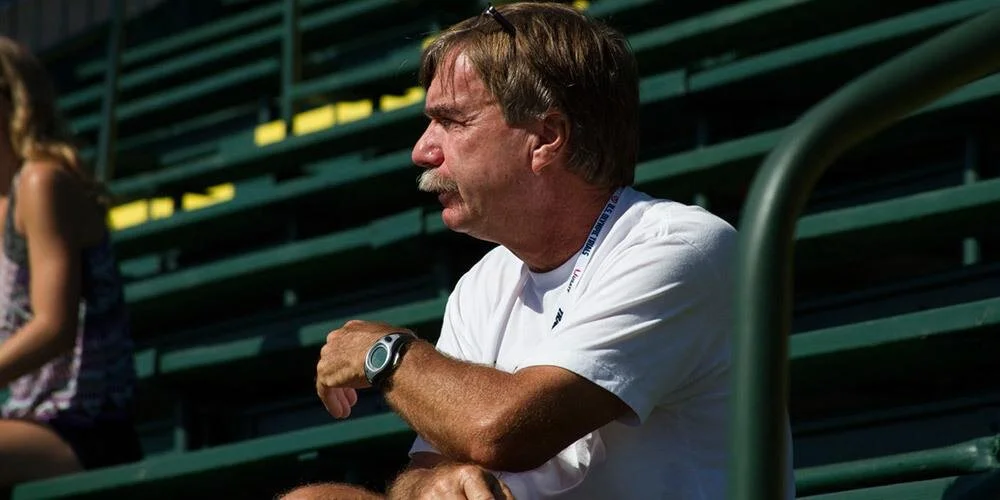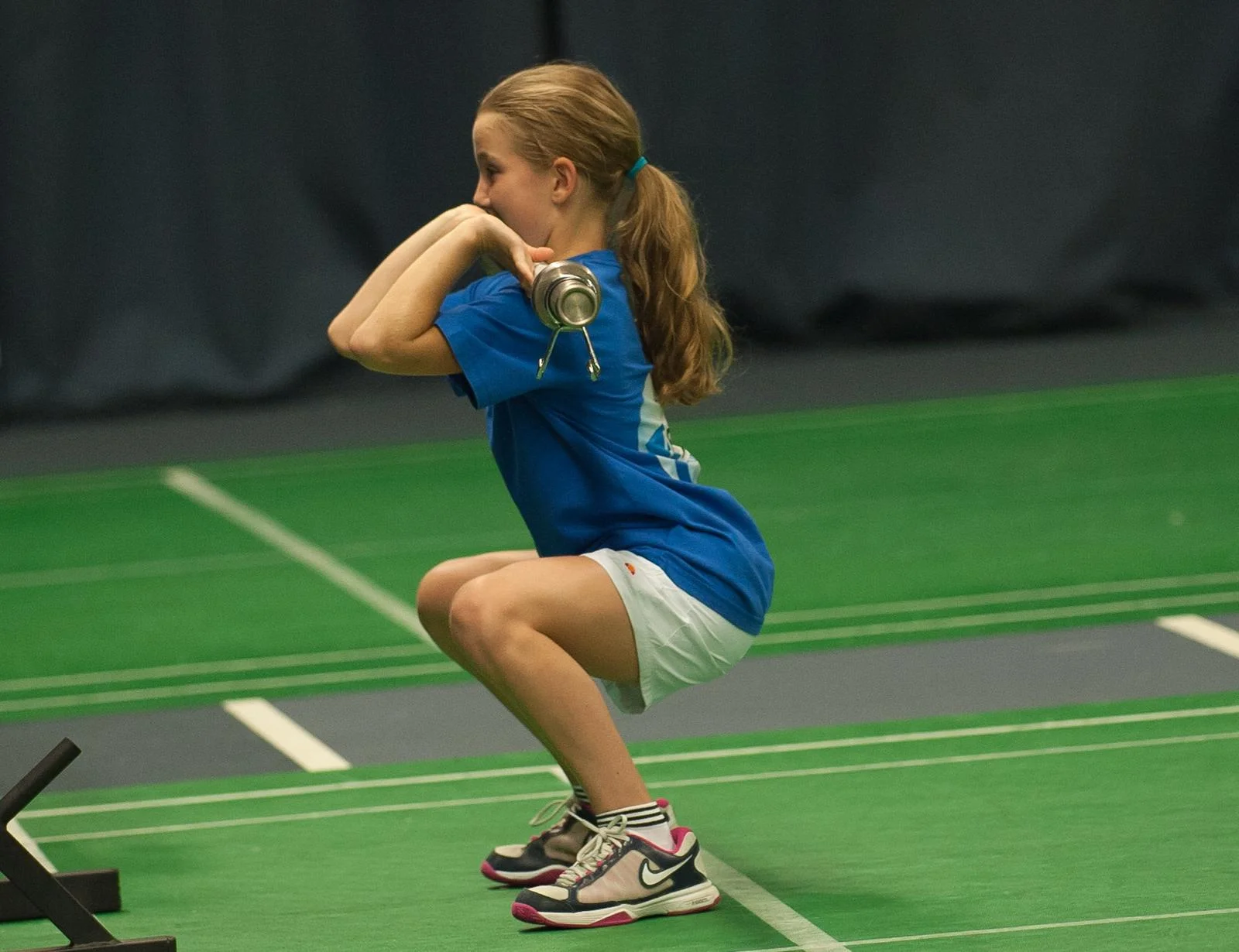Coach Pfaff has been a direct mentor of mine for the last 6 years. I've learned more through his apprenticeship than any course, book or research article. With over 40 years of coaching experience, coach Pfaff has been through it all - in the trenches with world-class sprinters, consulting to ATP, WTA, NFL, NHL pro teams and today, he leads the ALTIS elite mentorship program.
Viewing entries tagged
specificity
’ve received many questions of late and thought it might be interesting to share some of them in a post, along with my thoughts on some key topics. These queries come from players, coaches and even tennis parents.
As you read along, keep in mind that a lot of scenarios are circumstantial, so there could be more than one answer to a particular query. That being said, I will give the most direct, evidence backed response, that I possibly can.
In the last couple of posts, we explored two key sport science training principles, progressive loading and variation. These training principles were linked to both off-court as well as on-court training for the elite/developing tennis player - in hopes that they could provide the astute coach or player with more insight into the organization of practices and long-term training schemes. But the principles don’t stop there. There are other of equal - or perhaps even greater - importance, especially when it comes to tennis training.
Specificity is this week’s topic of interest. It’s a term that’s been somewhat of a buzzword for the better part of a decade (or longer). Often times, tennis coaches, players and parents are brought to believe that to be a successful tennis player, one must be subscribed to a physical development program that is ‘tennis specific’. When these same tennis folks see programs that include a variety of plyometric work and ballistic lifting in the weight room instead of rotational band work, quick footwork drills, and other movements that ‘mimic’ tennis play, they think to themselves - “this isn’t tennis-specific”. I’ve got news for you though, there’s only one training component that is truly specific to tennis play and that’s...wait for it….TENNIS!
In last week’s post, we took a closer look at the principle of progressive loading and offered several ways in which we can effectively ‘progress’ a player both on and off the tennis court. To reiterate last week's point, it’s critical that we look at progressions from a long-term macro perspective. Why so? Well, progress is rarely (if ever) linear. Further to that, each of the biomotor qualities that we spoke briefly about last week (speed, strength, stamina, suppleness, skill), improve and regress, depending on which we give greater attention to (i.e. more training stimuli).
Last week I presented in front of the BTV (Bavarian Tennis Verband) - it’s one of the biggest associations in Germany and many of the top junior tennis coaches were in attendance. The topic - how we can use off-court training strategies to accelerate on-court development. I had 3 young junior players helping me during the practical component - going through a series of jumps, bounds, throws, bodyweight exercises and so on. They were 12-13 years old and apparently, some of the best young talents in the country (I never met them previously and had never seen them play or train).






